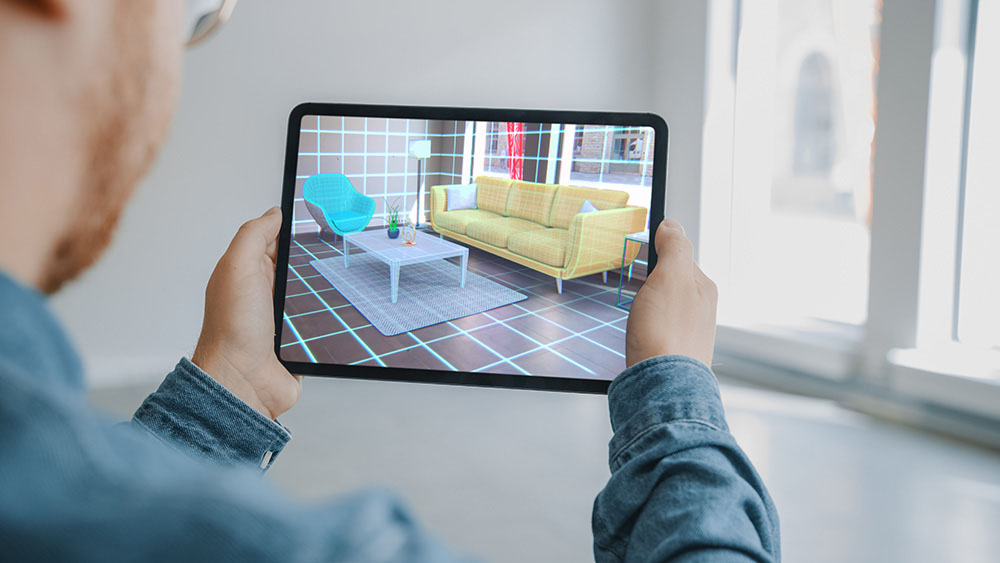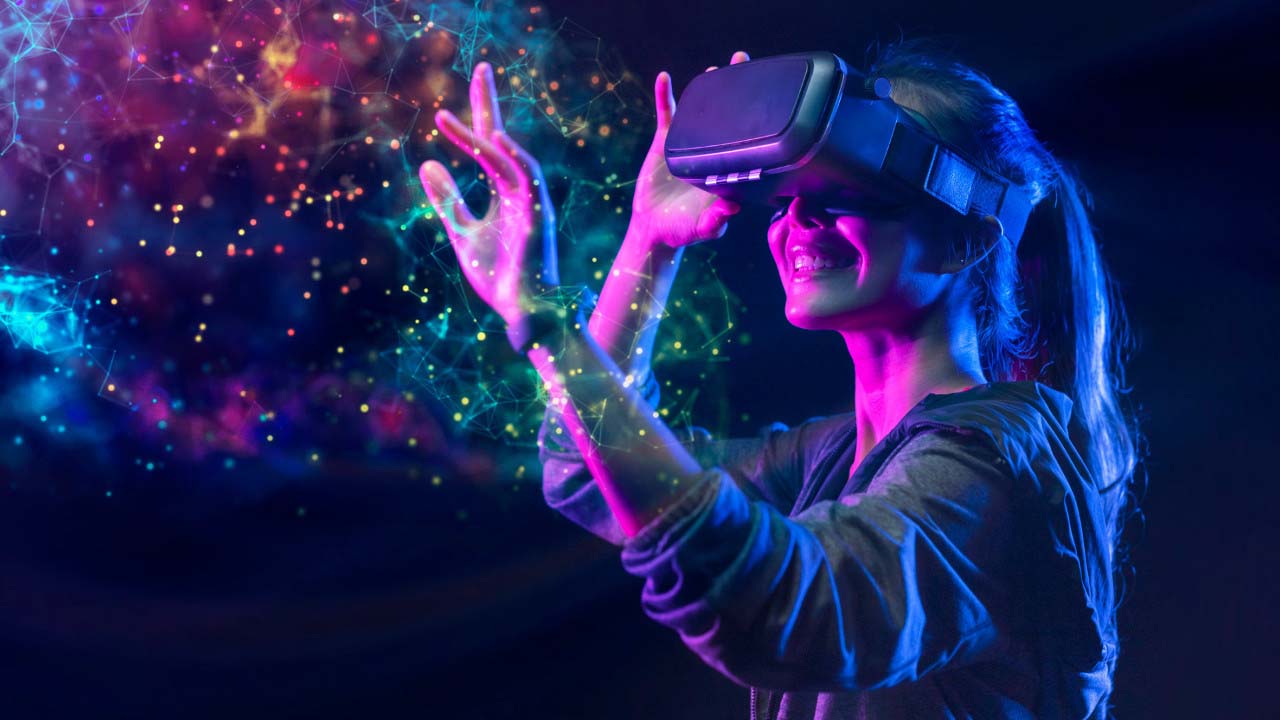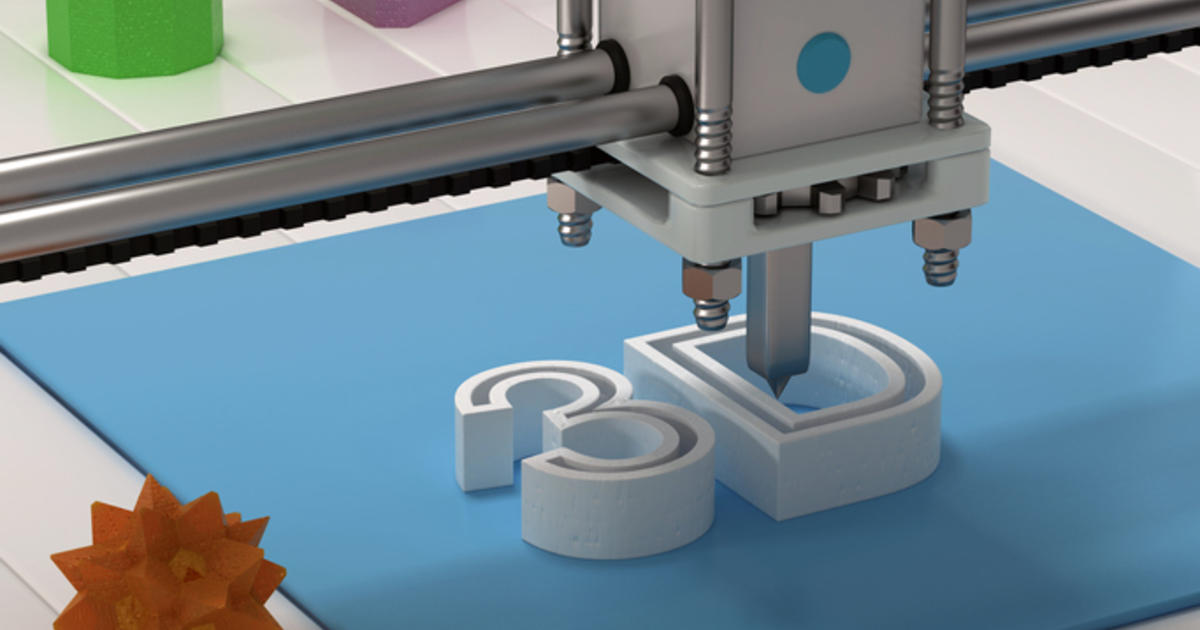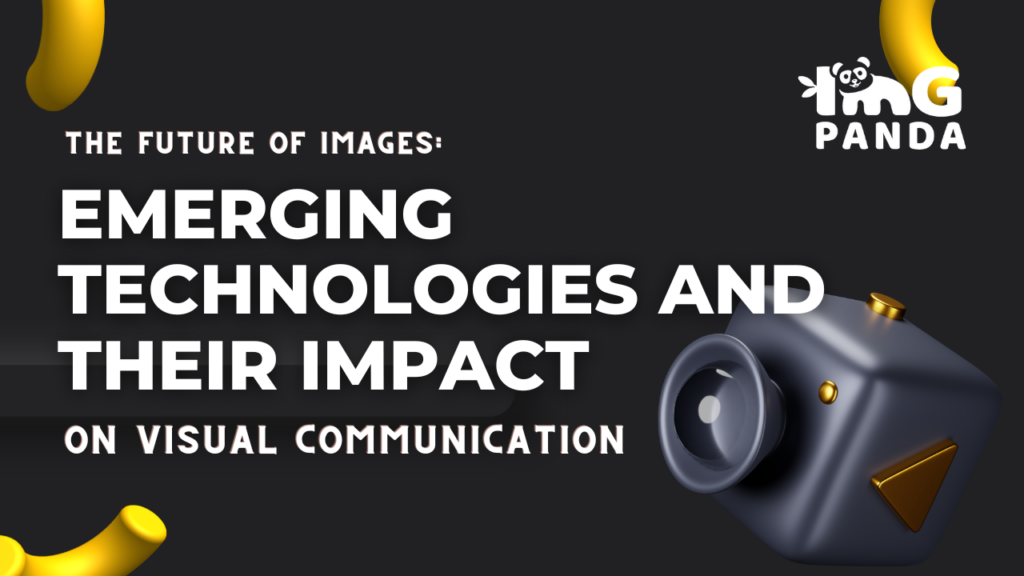Introduction:
Images have always been an important means of communication for humans, and as technology advances, our ability to create and share images has increased exponentially. Emerging technologies are changing the way we think about and use images, and their impact on visual communication is likely to be profound. From augmented reality to machine learning, virtual reality, and social media, these technologies are already transforming the way we interact with images, and they are likely to continue to shape our relationship with visual media in the years to come.
In this blog, we will explore some of the key emerging technologies in the field of visual communication, and consider their potential impact on the future of images.
Also Read This: Easy Guide to Making a Paper Water Bomb
Augmented Reality (AR):
Augmented Reality (AR) is a technology that overlays digital information onto the real world. AR enhances the user's perception of reality by adding computer-generated elements, such as images, text, and sounds, to the real world. AR can be experienced through a smartphone or tablet, or through specialized glasses or headsets.
[caption id="attachment_193232" align="alignnone" width="1000"] Augmented Reality (AR)[/caption]
Augmented Reality (AR)[/caption]
AR has been used in a variety of industries, including entertainment, gaming, advertising, education, and healthcare. In entertainment and gaming, AR has been used to create immersive experiences, where users can interact with virtual objects and characters in the real world. In advertising, AR has been used to create interactive product displays and enhance customer engagement. In education, AR has been used to create interactive learning experiences, where students can visualize complex concepts and theories in a more engaging way. In healthcare, AR has been used to assist in surgical procedures, where surgeons can visualize patient anatomy in real-time during the surgery.
The potential applications of AR are vast and varied. In the future, AR could be used in fields such as architecture, where clients can visualize buildings and designs before construction begins, or in retail, where customers can try on virtual clothes and accessories before making a purchase. Overall, AR has the potential to transform the way we perceive and interact with the world around us, and is expected to have a significant impact on the future of visual communication.
Also Read This: A Guide to Accessing Free Images from Alamy: Tips for Creatives
Virtual Reality (VR):
Virtual Reality (VR) is a technology that creates a fully immersive digital environment. VR uses specialized headsets or goggles, along with motion tracking devices and controllers, to create a computer-generated simulation of a three-dimensional environment. Users can interact with this environment through the use of hand gestures, movements, and other inputs.
[caption id="attachment_193233" align="alignnone" width="1280"] Virtual Reality (VR)[/caption]
Virtual Reality (VR)[/caption]
VR has primarily been used in the entertainment and gaming industries, where it has been used to create immersive gaming experiences and virtual reality movies. However, it is also being explored in other industries, such as healthcare, education, and architecture.
In healthcare, VR is being used to treat patients with anxiety disorders and phobias. Patients can be exposed to simulated environments that trigger their fears, allowing them to confront and overcome them in a controlled and safe environment. In education, VR is being used to create immersive learning experiences, such as virtual field trips or interactive science experiments. In architecture, VR is being used to create virtual walkthroughs of buildings and designs, allowing clients to visualize the final product before construction begins.
The potential applications of VR are vast and varied. In the future, VR could be used in fields such as tourism, where users can experience virtual travel to destinations around the world, or in social media, where users can interact with each other in a virtual environment. Overall, VR has the potential to revolutionize the way we experience and interact with digital content, and is expected to have a significant impact on the future of visual communication.
Also Read This: How to View Deleted History on YouTube
Artificial Intelligence (AI):
Artificial Intelligence (AI) is a technology that enables machines to learn, reason, and make decisions like humans. AI is used to analyze large amounts of data and recognize patterns, which allows it to perform tasks such as image recognition, speech recognition, and natural language processing.
[caption id="attachment_193234" align="alignnone" width="1200"] Artificial Intelligence (AI)[/caption]
Artificial Intelligence (AI)[/caption]
In the field of visual communication, AI has many potential applications. For example, AI can be used to automatically categorize, tag, and search images, making it easier to find the right image for a particular use. AI can also be used to generate new images, such as creating realistic 3D models or enhancing low-quality images. Additionally, AI can be used to create personalized visual content for individuals based on their preferences and interests.
One area where AI has already had a significant impact is in the field of advertising. AI algorithms can analyze user data to create personalized advertising campaigns, which can increase engagement and conversions. In addition, AI can be used to create virtual assistants that can interact with users and provide personalized recommendations based on their preferences.
In the future, AI is expected to play an even greater role in visual communication. For example, AI could be used to create hyper-realistic virtual environments for use in gaming and entertainment, or to create personalized visual content for use in social media and other digital platforms. Overall, AI has the potential to transform the way we create and consume visual content, and is expected to have a significant impact on the future of visual communication.
Also Read This: How to Crimp Hair Without a Crimper
3D Printing:
3D Printing, also known as additive manufacturing, is a technology that creates three-dimensional objects by adding material layer by layer, based on a digital model. 3D printers can use a variety of materials, including plastics, metals, and even living cells, to create objects of almost any shape or size.
[caption id="attachment_193235" align="alignnone" width="1200"] 3D Printing[/caption]
3D Printing[/caption]
In the field of visual communication, 3D printing has many potential applications. For example, 3D printing can be used to create physical models of designs and prototypes, allowing designers to test and refine their ideas before mass production. 3D printing can also be used to create customized products, such as jewelry or personalized phone cases, on demand.
In addition, 3D printing has the potential to revolutionize manufacturing by enabling more efficient and sustainable production processes. 3D printing can reduce material waste and transportation costs by allowing products to be created on-site, and can enable rapid prototyping and customization, reducing the time and cost associated with traditional manufacturing processes.
In the future, 3D printing is expected to play an even greater role in visual communication. For example, 3D printing could be used to create hyper-realistic models for use in advertising and entertainment, or to create customized products on demand for individual consumers. Overall, 3D printing has the potential to transform the way we create and consume visual content, and is expected to have a significant impact on the future of visual communication.
Also Read This: Design Professional Reports with Canva Report Templates
Blockchain:
Blockchain is a decentralized, distributed ledger technology that enables secure and transparent transactions without the need for intermediaries such as banks or governments. Each block in the chain contains a cryptographic hash of the previous block, creating a permanent and immutable record of all transactions.
[caption id="attachment_193236" align="alignnone" width="1200"] Blockchain[/caption]
Blockchain[/caption]
In the field of visual communication, blockchain has the potential to enable secure and transparent licensing and distribution of digital content, such as images and videos. Blockchain can be used to verify the authenticity and ownership of digital assets, and to track their usage and distribution, enabling creators to receive fair compensation for their work.
In addition, blockchain can be used to create decentralized marketplaces for digital content, allowing creators to sell their work directly to consumers without the need for intermediaries. This can create new revenue streams for creators, and enable consumers to access high-quality content at a lower cost.
Blockchain can also be used to enable secure and transparent voting and polling systems, which can enhance democratic processes and prevent fraud.
In the future, blockchain is expected to play an even greater role in visual communication. For example, blockchain could be used to create decentralized social media platforms that enable users to own and control their data, or to create new forms of digital art and experiences that leverage the unique properties of blockchain technology. Overall, blockchain has the potential to transform the way we create, distribute, and consume visual content, and is expected to have a significant impact on the future of visual communication.
Also Read This: Understanding Chopper's Role in the Rumbling and the Need for a Rumble Ball
Pros And Cons:
| Technology | Potential Pros | Potential Cons |
|---|---|---|
| Augmented Reality (AR) | Enhances user engagement and interaction with visual content | Can be expensive to develop and implement |
| Virtual Reality (VR) | Creates immersive and realistic experiences for users | Requires specialized hardware and can be costly to produce |
| Artificial Intelligence (AI) | Enables more efficient and personalized creation and distribution of visual content | Can raise ethical concerns around the use of user data and the potential for bias in AI algorithms |
| 3D Printing | Enables rapid prototyping and customization of physical objects | Can be limited by the materials available for use and the size of the objects that can be printed |
| Blockchain | Enables secure and transparent distribution and ownership of digital content | Can be complex and difficult to understand and implement for some users |
It's important to note that these are just some potential pros and cons, and that the impact of these emerging technologies will likely be shaped by a variety of factors, including technological advancements, market forces, and social and cultural trends.
Also Read This: How to Make Simple Cupcakes at Home
Conclusion:
In conclusion, emerging technologies such as Augmented Reality (AR), Virtual Reality (VR), Artificial Intelligence (AI), 3D printing, and Blockchain have the potential to significantly impact the field of visual communication. These technologies can enhance user engagement and interaction with visual content, create immersive and personalized experiences, enable more efficient and sustainable production processes, and ensure secure and transparent distribution and ownership of digital content.
However, there are also potential challenges and limitations associated with these technologies, including high costs, limited access, ethical concerns, and technical complexities. As we continue to explore the possibilities and limitations of these emerging technologies, it will be important to consider the impact on users and society as a whole, and to use them in ways that create meaningful and positive experiences for everyone. Ultimately, the future of visual communication will be shaped by a combination of technological advancements, creative vision, and social and cultural trends, and it will be up to us to determine how to best leverage these tools to connect, inspire, and inform.
FAQs:
What is the future of visual communication?
The future of visual communication is likely to be shaped by emerging technologies such as AR, VR, AI, 3D printing, and Blockchain, as well as by evolving social and cultural trends. The use of these technologies can enhance user engagement, create immersive experiences, and enable more efficient and sustainable production and distribution of visual content.
How can AR and VR be used in visual communication?
AR and VR can be used to create immersive and interactive experiences for users, such as virtual tours, product demos, and gaming. They can also be used to create hyper-realistic models and visualizations for use in advertising, education, and entertainment.
How can AI be used in visual communication?
AI can be used to automate tasks such as image and video editing, and to create personalized and targeted visual content based on user preferences and behavior. AI can also be used to analyze and interpret visual data, such as social media images, to identify trends and insights.
What is 3D printing, and how can it be used in visual communication?
3D printing is a technology that enables the creation of three-dimensional objects by adding material layer by layer based on a digital model. It can be used in visual communication to create physical models and prototypes, and to enable rapid prototyping and customization of products.
What is Blockchain, and how can it be used in visual communication?
Blockchain is a decentralized, distributed ledger technology that enables secure and transparent transactions without the need for intermediaries. It can be used in visual communication to ensure the secure and transparent distribution and ownership of digital content, and to create decentralized marketplaces for creators to sell their work directly to consumers.
